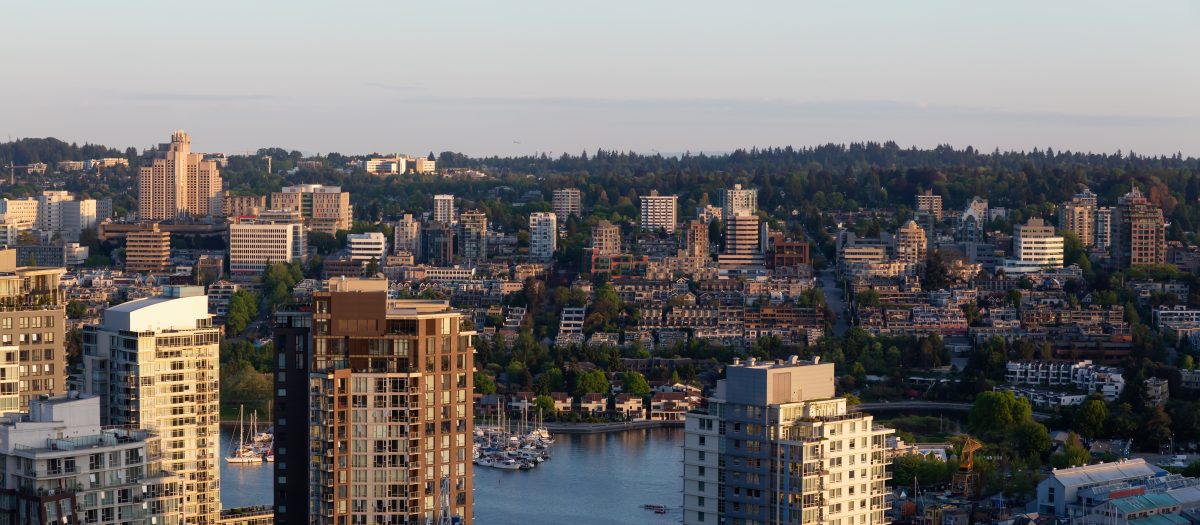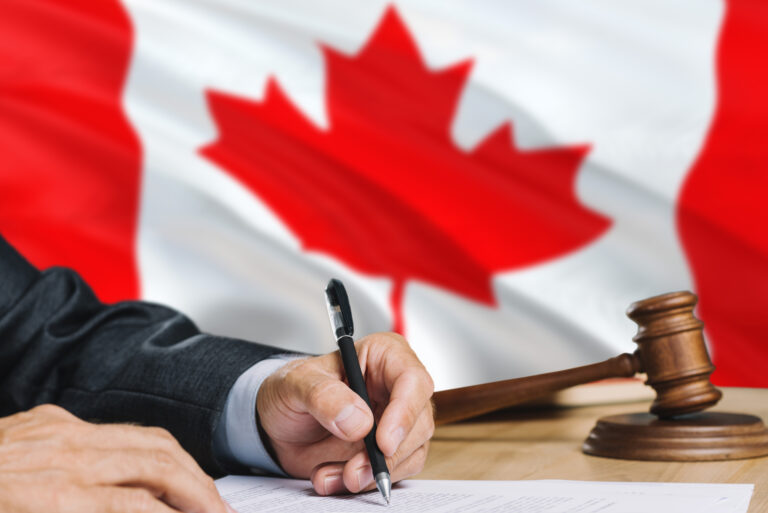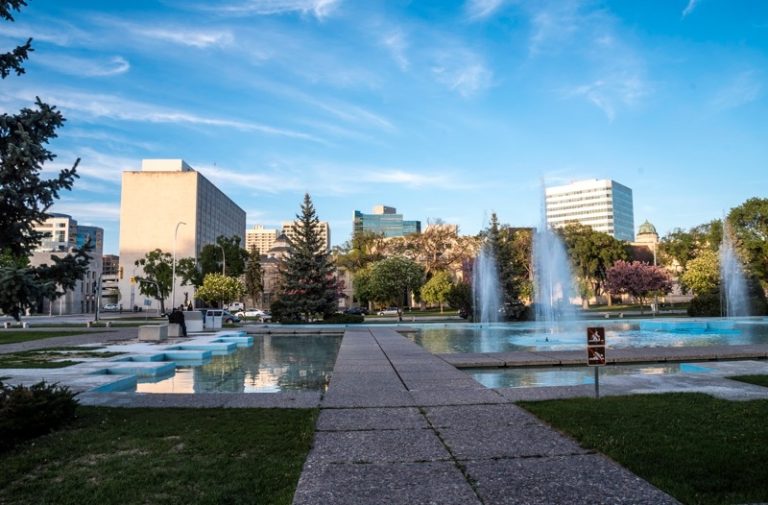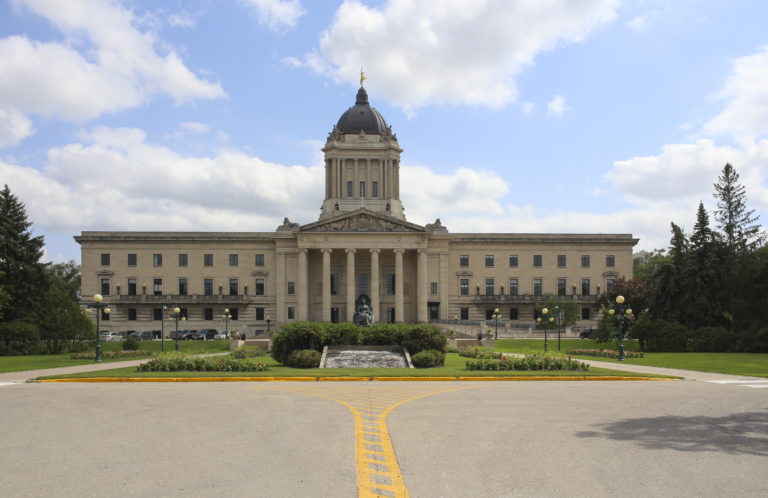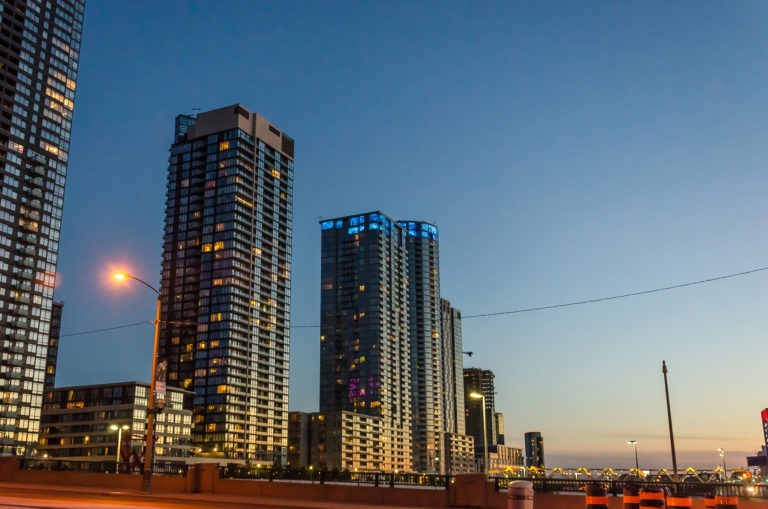Canada immigration news: Housing Minister Ahmed Hussen says Canada’s investment in housing is going to pay dividends in terms of attracting and retaining immigrants.
“We realize that housing is becoming … a threat to our ability to not only integrate folks but to also economically develop regions in Canada,” Hussen reportedly told the KelownaNow.com media platform.
Read More Canada Immigration News
Work In Canada: Overcoming Criminal Inadmissibility
Eight Things To Know About Canada’s Parents And Grandparents Program
Canada’s Booming Tech Sector Means Plenty Of Jobs For Skilled Immigrants
“Housing, although it can be seen as a challenge, it’s also an opportunity for us to grow,” said the former immigration minister.
Ottawa is bullish on immigration.
After hitting a record-breaking level of immigration, with 405,970 new permanent residents to the country last year, Canada announced it would welcome 431,645 permanent residents this year, 447,055 next year, and 451,000 in 2024.
Ottawa has also vowed since then to accept an unlimited number of Ukrainians fleeing their war-torn homeland to seek refuge in Canada. In its first two weeks of existence alone, the Canada-Ukraine Authorization for Emergency Travel (CUAET) pathway was flooded with more than 112,000 applications.
The new pathway allows Ukrainians to stay in Canada for up to three years and be eligible for free open work and study permits.
Rising Cost of Housing Seen as Impediment to Attracting Immigrants to Canada
With inflation hitting 6.7 per cent and housing affordability a growing challenge, though, Ottawa is worried a lack of affordable housing could slow Canada’s economic development and sour prospective immigrants on coming to the country.
The federal government’s latest budget attempts to address that perceived shortage of affordable housing through strategies designed to double the level of construction of housing over the coming decade.
Watch Video
These strategies include:
- a $4-billion Housing Accelerator Fund which is expected to lead to the creation of 100,000 new housing units over the next five years;
- the tax-deductible Tax-Free First Home Savings Account to give first-time home buyers the ability to save up to $40,000 to buy homes;
- $1.5 billion over two years to extend the Rapid Housing Initiative and create at 6,000 new affordable housing units;
- an extension of the First-Time Home Buyer Incentive to the end of March, 2025, and a promise to make the program more flexible and responsive to the needs of first-time home buyers;
- anti-flipping rules taxing all profits on the sale of a property held for less than a year as business income, starting in January next year;
- $200 million for the Affordable Housing Innovation Fund, including $100 million to support non-profits, co-ops, developers, and rent-to-own companies building new rent-to-own units;
- a Home Buyers’ Bill of Rights;
- a $7,500 Multigenerational Home Renovation Tax Credit for homeowners who want to build mother-in-law suites;
- $500 million to launch a Co-operative Housing Development Program to expand co-op housing;
- $1 billion in loans to support co-op housing projects;
- $2.4 billion over five years to support First Nations housing on reserves;
- $565 million over five years to support housing in self-governing and modern treaty holder First Nations communities;
- $845 million over seven years to support housing in Inuit communities;
- $190 million over seven years for housing in Métis communities;
- $300 million over five years to co-develop and launch an Urban, Rural, and Northern Indigenous Housing Strategy;
- $475 million to provide a one-time, $500 payment to those facing housing affordability challenges;
- a doubling of the First-Time Home Buyers’ Tax Credit amount to $10,000;
- $2.9 billion in funding under the National Housing Co-Investment Fund to create up to 4,300 new units and the repair of up to 17,800 units for Canadians who need them most;
- $150 million over two years to support affordable housing and related infrastructure in the three territories;
- a doubling of the qualifying expense limit of the Home Accessibility Tax Credit to $20,000, which will mean a tax credit of up to $3,000;
- $562.2 million over two years, beginning in 2024, for Reaching Home, to help the homeless, and;
- a proposed two-year ban on buying non-recreational, residential property by foreign-owned companies and foreign nationals.
“We will make the market fairer for Canadians,” said Finance Minister Chrystia Freeland. “We will prevent foreign investors from parking their money in Canada by buying up homes. We will make sure that houses are being used as homes for Canadian families rather than as a speculative financial asset class.”
The foreign investors targeted under the two-year ban on buying Canadian residential real estate do not include foreign nationals who are studying at Canadian colleges and universities or those from other countries who have already obtained their permanent residency.

